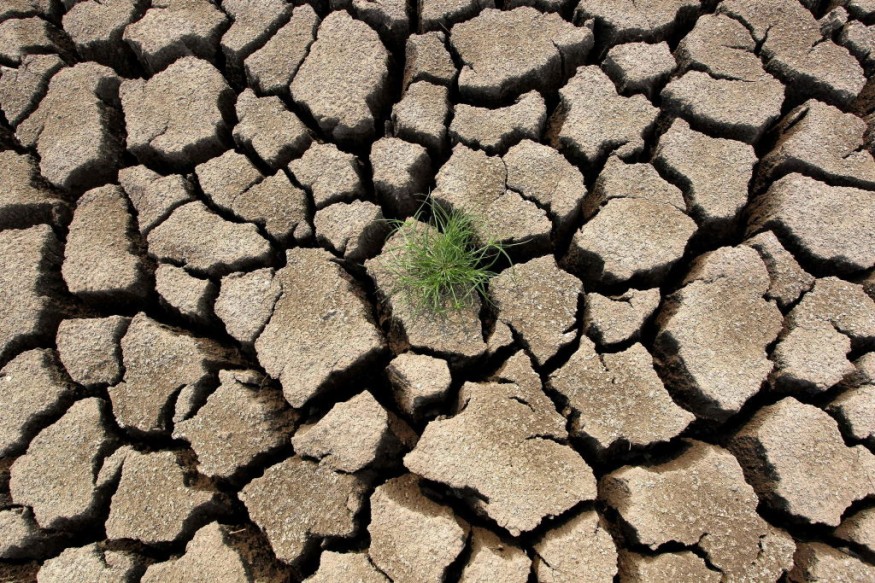
Ancient history tells a lot of tales about droughts being a nation's worst enemy, which is not totally just a tale. For generations, drought has brought devastating effects to humans and nature, depriving them of a sustainable life.
Droughts deprive the soil of rain and lead cities to dry. Even great empires and civilizations collapse with drought being a significant contributing factor to such fall.
Drought experts Justin Sheffield and Eric Wood of Princeton identified in their 2011 book more than ten civilizations that collapsed partly due to drought. The WunderBlog Archive enumerated a 'Top Ten' list of drought's wrath over some of the world's mightiest civilizations in history, but here are a few that may remind you of drought's real power over nations.
Fallen Civilizations of Ancient History
The Akkadian Empire in Syria (2334 BC - 2193 BC)
4200 years ago, Mesopotamia, the Levant, and parts of Iran were controlled by the great Akkadian Empire, sending military expeditions as far south as present-day Oman. In the late 1990s, a team of researchers studied deposits of continental dust blown into the Gulf of Oman and discovered large increase in dust from 4200 years ago that likely coincided with a 100-year drought in that era. The drought was called the 4.2 kiloyear event, linked to the collapse of the Old Kingdom in Egypt. The study was published in Geology, on April, 2000.
The Old Kingdom of ancient Egypt (4200 years ago)
This was the same drought that devastated the Akkadian empire in Syria. Little to no floods led to poor harvests, reduced tax income, and insufficient funds to finance the pharaoh's government, hastening the collapse of Egypt's pyramid-building Old Kingdom.
The Late Bronze Age (LBA) civilization in the Eastern Mediterranean (3200 years ago)
Culture was flourishing in the world's most advanced civilizations. Just when the Egypt, the New Kingdom was at its height, these Eastern Mediterranean civilizations declined or collapsed around 1200 BC due to a 300-year drought event. A 2013 study in PLOS of grains of fossilized pollen shows that this climate shift caused crop failures and famine, which "precipitated or hastened socio-economic crises and forced regional human migrations at the end of the LBA in the Eastern Mediterranean and southwest Asia."
The Maya civilization in Mexico (250 - 900 AD)
Famine and lack of water killed millions of Maya people due to severe drought, internally destroying their civilization at the peak of their cultural development between 750 - 900 AD.
The Tang Dynasty in China (700 - 907 AD)
China experienced the same collapse as the Mayan during its ruling. Uprisings usually occur during crop failure and famine associated with drought, weakening the Chinese civilization. Summertime monsoon rainfall suddenly declined in China which their agriculture depended on. A 2007 article in Nature by Yancheva et al. speculated that "migrations in the tropical rain belt could have contributed to the simultaneous declines of both the Tang dynasty in China and the Classic Maya in Central America."
Our Current Global Civilization
Among many others, these civilizations were once prosperous and highly developed before its collapse. While our climate has been quite stable for thousands of years, our current global civilization is not immune from this old nemesis. With the hotter climate due to global warming, droughts are becoming more extreme and impacts, more severe. Which is why it is important to be reminded to take care of what is here before it's too late.
© 2026 NatureWorldNews.com All rights reserved. Do not reproduce without permission.





